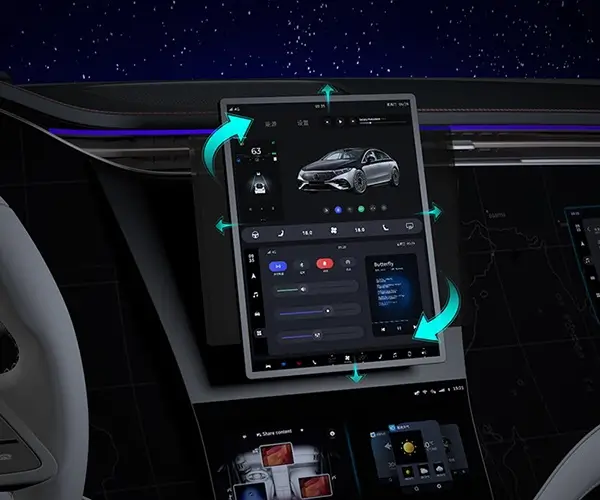Imagine this: You’re running a bustling online platform, juggling different apps, features, and services all at once. Smooth, fast, reliable—that’s the goal. But as your digital ecosystem grows, so does the complexity. That’s where microservices and web services come into play, turning chaos into cohesive harmony.

Think of microservices as tiny, independent agents that work together but can also stand alone. Each one handles a specific task—say, user authentication, payment processing, or customer messaging. The beauty? When something needs fixing or upgrading, you don't have to untangle the entire system. Just tweak that one microservice. That flexibility lets you roll out updates faster, reduce downtime, and keep everything running like clockwork.
Now, web services are the connect-the-dots of this whole setup. They’re the communication channels, the diplomatic couriers passing information between microservices. Using protocols like REST or SOAP, they ensure data flows seamlessly, whether it’s a request from a user’s app or a backend process. It's like having a robust internet of tiny, interconnected data highways that keep your system humming.
You might wonder: Why split everything into tiny parts? Doesn’t it create complexity? Well, that’s the magic. It makes scaling much easier. For instance, if say, the checkout process suddenly gets more traffic during holiday sales, just scale up that specific microservice. No need to upgrade the entire platform. That targeted approach saves time and resources, and keeps users happy because delays are a rarity.
But how do these structures benefit real business? Imagine a flash sale on your platform. Without microservices, if one part of the system crashes or slows down, it drags everything down. Now, with modular services, it’s like each department has its own backup, ready to step up. The result? Higher uptime, better customer experience, and fewer headaches.
People often ask: Can existing legacy systems work with microservices? It’s a good question. Integrating isn’t always a walk in the park. Sometimes, it’s about smart refactoring, breaking big monoliths into digestible chunks. That’s the craftsmanship behind a successful transition. The payoff? Increased agility, better data insights, and future-proofing.
If you think about your digital growth as a marathon, microservices and web services are your sprinting team—fast, dynamic, responsive. They turn your infrastructure into a flexible, scalable beast. Think about online shopping sites during peak hours or streaming apps handling a global audience—without such architecture, chaos could take over.
So, what’s next? Ready to rethink how your systems talk to each other? It’s not just about technology—it’s about transforming the way you do business, becoming more responsive, more resilient. And with microservices and web services, you’re setting the stage for endless possibilities. The future’s calling, are you ready to answer?
Established in 2005, Kpower has been dedicated to a professional compact motion unit manufacturer, headquartered in Dongguan, Guangdong Province, China. Leveraging innovations in modular drive technology, Kpower integrates high-performance motors, precision reducers, and multi-protocol control systems to provide efficient and customized smart drive system solutions. Kpower has delivered professional drive system solutions to over 500 enterprise clients globally with products covering various fields such as Smart Home Systems, Automatic Electronics, Robotics, Precision Agriculture, Drones, and Industrial Automation.




































